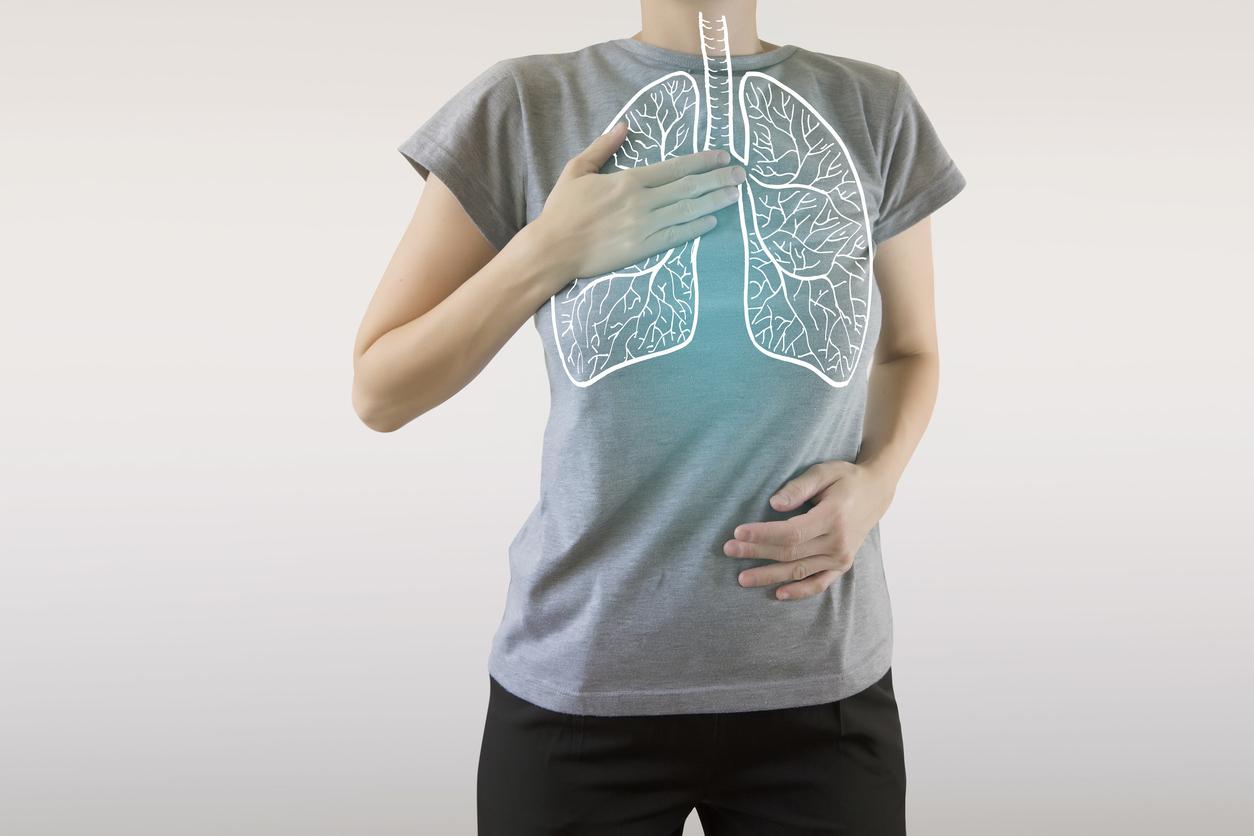Why purify the air at home?
It is an established fact: the air in our houses or apartments, in which we spend 80% of our time, is much more polluted than the air outside: bacteria, viruses, molds and allergens (pollen, animal hair), fine particles (via heating and cooking food). But also various pollutants emitted by nearby road transport, housing construction materials, furniture, floor coverings, wallpapers, paints, DIY products, decorative elements, scented candles or incense, televisions and computers, such as volatile organic compounds (VOC), benzene, phthalates or even formaldehyde, considered irritants and dangerous.
Ventilating your home is therefore the essential reflex to repeat daily: at least 10 minutes, twice a day, even when it’s raining or cold (and even 10 minutes every hour during the covid-19 pandemic period)… which we don’t necessarily do since, according to the Indoor Air Quality Observatory, while 94% of people say they open the windows for more than 30 minutes a day outside the heating period, only 49% do so when the heating is on. is activated.
How does an air purifier work?
Electric, these devices “swallow” the air, filter it, then return it, once purified, to circulate it in the room. “Big particles” such as dust, animal hair or hair are eliminated thanks to a first filter (sometimes called a pre-filter), which carries out a coarse “cleaning”.
A second activated carbon filter also removes fumes, odors (cigarette, cooking), certain VOCs and gases. Finally, a so-called HEPA (High Efficiency Particulate Air) filter captures allergens, a large number of bacteria, and fine particles (less than 10 microns), or even ultra-fine particles (nanoparticles, a few thousandths of a micron), these invisible particles which form an aerosol in the air, and are potentially dangerous since we breathe them and they can lodge in our bronchi.
Some devices claim to also filter formaldehyde and/or viruses (their size is less than a micron) in order to prevent viruses (winter like H1N1 for the flu or Sars-Cov-2 for the Covid) from contaminating the whole family. !
>> And does it work? Most major brand appliances are tested and certified by independent laboratories specializing in air quality: a good guarantee of efficiency. Airmid Healthgroup (specialized in aerobiology), the ECARF Foundation (European Center for Allergy Research), the Pasteur Institute of Lille are thus among the laboratories which ensure that the product respects its commitments in terms of filtration!
Is it really useful?
The market for purifiers has exploded in Europe with the pandemic: between 80 and 100 million euros in 2020 in France, it could increase to up to 500 million euros by 2030, estimates the Interprofessional Federation of the trades of the atmospheric environment (FIMEA).
The purifier can be useful if you are prone to allergies to pollen, dust or animal hair, if you suffer from asthma or other respiratory disease, if the accommodation is particularly humid (mold), or brand new (with polluting VOC fumes), but also if you live next to a busy road, in the middle of the city, that you have a young baby, therefore fragile, that the kitchen is open to the living room or poorly ventilated…
How to choose the right model?
Watch out for a few essential points, apart from filtering, which are of particular interest to you:
- The capacity : the performance in terms of air purification flow must be adapted to the size of the room. Do not underestimate them, it is better to have a device with a high flow rate for a small room than the reverse. If you want to use your purifier in more than one room, select your model based on the largest.
- The noise : in the living room, it can reach 60 dB, but to use it in a bedroom, it must remain at less than 40 dB or offer a “night” mode (with slowed down, but discreet filtration) so as not to disturb sleep.
- Automatic mode or programming: frankly useful for benefiting from “tailor-made” cleaned air, when necessary (the device then has sensors which evaluate the quality of the ambient air) or as soon as you return home, but also because the energy consumption of these devices is high: they are not left to run permanently.
- Weight and size: something to take into account if you want to take your device from room to room.
- The price of the filters: to be evaluated before purchase, because they must be changed regularly so that the devices remain effective…
- The “little extras”: some purifiers are also fans, humidifiers or even auxiliary heaters. To adapt to your needs.
Read also :
Pollution: 3,500 deaths avoided during the first confinement
Daily tasks pollute the air in our homes


















